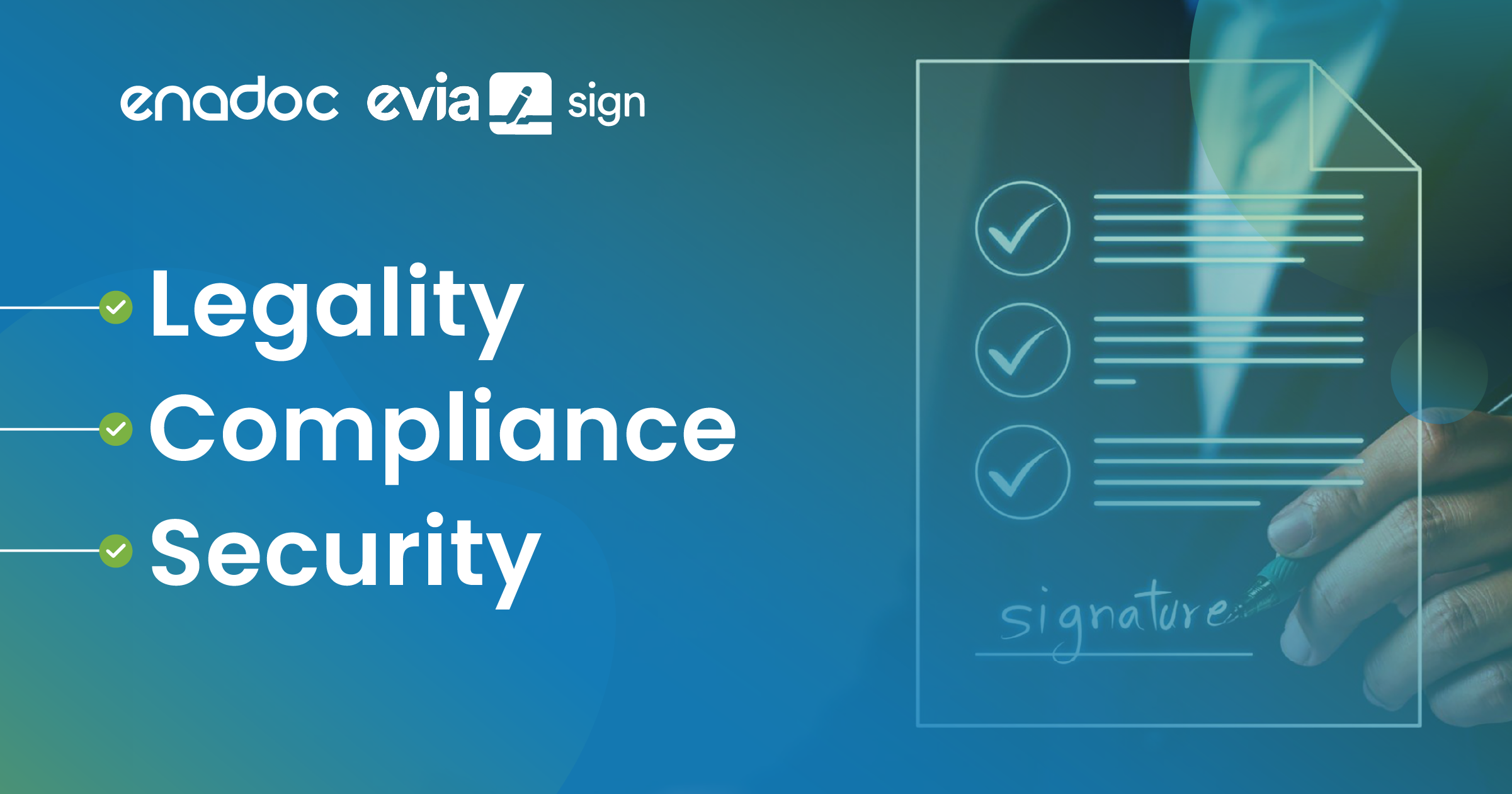5 Action Items to Consider to Empower Your Organization to Work with Remote Work Security
March 19, 2020
The Novel coronavirus (COVID-19) is now spreading like wildfire globally, affecting not just individuals but also businesses and the global economy. The increase in work from home setup raises the question of remote work security.
Authorities in over 150 countries and territories have reported more than 170,000 novel coronavirus cases worldwide since China reported its first cases to the World Health Organization in December 2019. The virus has spread to nearly every continent and case numbers continue to rise. This outbreak led the World Health Organization (WHO) to characterize COVID-19 as a pandemic unprecedented in history. Countries such as Italy, Spain, Singapore, Canada, the Philippines, and Sri Lanka have already imposed government-regulated precautionary measures to avoid the further spread of the virus.
“Social distancing”, “community quarantine”, and “lockdown” are measures now implemented to mitigate the spread of COVID-19. This means not being allowed to go out and socialize, affecting the day-to-day activities of over a billion people. Public gatherings are now discouraged, and large sporting and corporate events, concerts, schools, universities, and even mass have already been suspended. Some businesses are now operating in a limited capacity, and people have been requested to stay indoors.
With all these changes in daily human activities, almost every industry and multinational companies have to adapt with agility to this new reality. At the core of this is the first step of enabling organizations to be able to implement remote work and flexible work arrangements.
For companies who have yet to finalize their action plan or are in the process of revisiting their existing remote work policies, here are best practices to begin with:
1. Set up effective internal communications channels for remote work security
Community lockdown or not, the key to being productive while working from home is clear communication with the team, coming from the top. Keeping employees engaged and motivated, and sending out clear communications and day-to-day goals are important in ensuring that teams keep productivity and collaboration flowing.
2. Have policies and guidelines strongly in place
When working remotely or in an unorthodox setup, some employees tend to work less seriously or more often than not, not used to this setup. This is where the importance of proper guidelines, setting expectations, and letting employees know where to stand comes in. This gives the set of rules to observe to make sure that accountability and integrity for work are still upheld. This also gives the employees an understanding of where the company stands and comfort that the company is prepared for any unforeseen events.
3. Equip employees with the tools they need fro remote work security
Working remotely requires a lot of things such as a laptop, a stable internet connection, and a place away from distractions. For HR practitioners, Information Technology professionals, Admin staff, and Finance officers, remote work may be challenging as they have physical documents and tools that can only be accessed in their workplace. But in challenging situations like today, proper tools come in handy especially when it can be brought anywhere and accessed anytime. Not to mention, business continuity and security must also be prioritized since employees will be dealing with business-related information.
4. Invest in collaboration and productivity
Teamwork makes the dream work. However, collaborating remotely would be difficult especially if your team is not able to share information in real time. To stay connected and aligned with everybody’s progress, having all the channels and systems needed are essential!
There are tools like O365 that combine best-in-class productivity apps and Microsoft Teams for online calls, meetings, and document sharing. A remote desktop is also a system that can be IT-managed remotely. This will allow access to office desktop applications using a remote device. Having a tried and tested document management solution such as Enadoc is important when accessing critical files and confidential documents within the organization.
5. Develop a Change Management Plan for the Adoption
Having the right tools is one thing, ensuring that these are properly utilized and used by the organization is another. It requires a change in perspective, changes from the top, and aligning with key stakeholders to drive a smooth transition in adopting best practices. It requires unlearning and relearning how to use productivity tools in place.
To implement this remote work security, having a dedicated team would be essential. This team should include the management and the business unit heads as they are the ones who are more immersed in the grassroots-level operations. They will be able to disseminate relevant information and updates in a timely manner. Having this would help the employees understand the need for the shift to help business operations and make the change impactful to the organization.
Involving a technology partner who has the experience and expertise to help your organization is likewise crucial. This partner will help you formulate and customize your Adoption and Change Management Plan to align with your business objectives. Tech One is one of the few partners able to handle this in the Asia Pacific.
Click this link and let’s talk about your digital transformation journey today!










